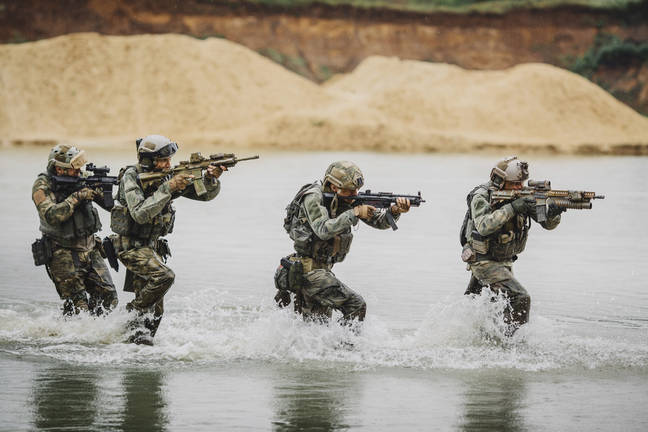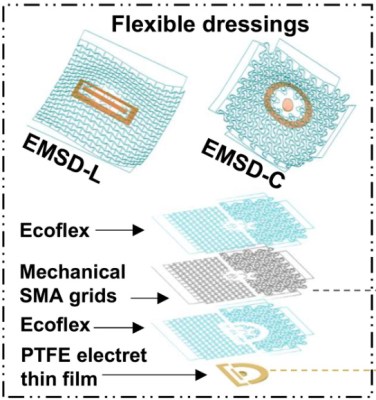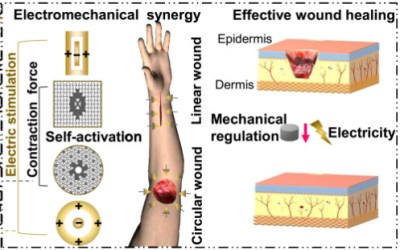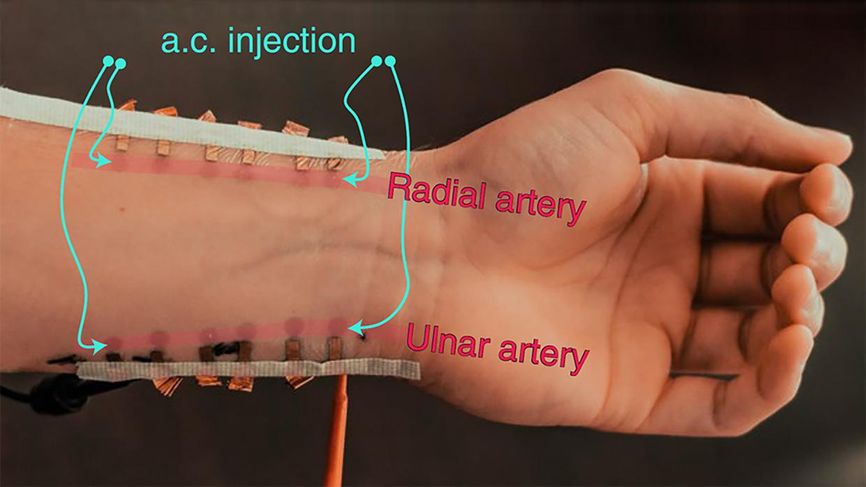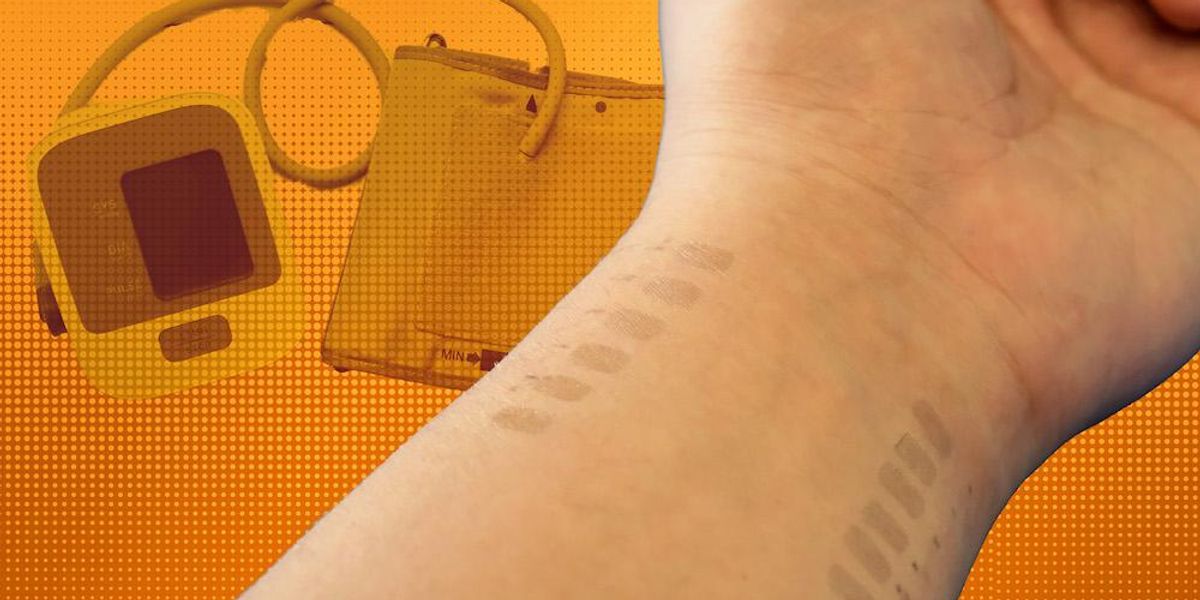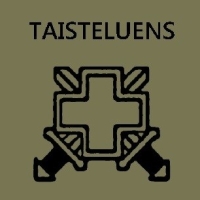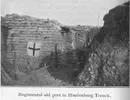Viitaten tähän ryssien raketinheittimien ammuksiin, jotka ovat termiittiä tai vastaavaa, eli mikä ei sammu edes veden alla. Ukrainassa ovat näitä käyttäneet. Siihenhän tämäkin juttu viittaa, että äärimmäisen pirullinen ase.
https://www.hs.fi/ulkomaat/art-2000009139003.html
Työpaikalla kerroin, kuinka meille koulutettiin Savon Prikaatissa ysärin alussa, että tässä tilanteessa leikatkaa puukolla termiitti pois iholta. Naiset olivat vihreinä kauhusta.
Tänään juttelin samaa nuoremmille reserviläisille, eivätkä olleet kuulletkaan moisesta aineesta, puhumattamaan, että olisivat saaneet siihen koulutusta. Miten on palstalaiset, onko teille asiasta puhuttu?
Mietin, että onko edes mahdollista kaivaa ihon läpi ja luihin saakka menevä palava massa pois?
Kykeneekö ihminen tähän itse? Onko normipuukosta tähän vai tarvitaanko fileerausveitsi? Viekä shokki voiton?
Onko kuitenkin paras menetelmä kenttäamputaatio, eli ryhmänjohtajan kirveellä tulessa oleva käsi poikki?
Vai onko sellaisia kipulääkkeitä, esim. fentanyylitikkareita, että taistelija pystyy tyynesti seuraamaan palavan materiaalin kaivelua kehostaan?
Onko nykyajan lämäreillä/taistelupelastajilla tähän valmiudet?
Miten amputaatio on ylipäänsä paras tehdä, että kohde jää henkiinkin?
Tähän on vaikea varmasti kenenkään ottaa kantaa, mutta palstan lääkintäalan asiantuntijat voisivat kokeilla. Tägään nyt alkuun
@kimmo.j
https://puolustusvoimat.fi/document...-55620133c01c/PEVIESTOS-suojelunkasikirja.pdf
Sivulla 186 on varmaankin se mitä meitä kehotettiin tekemään.

